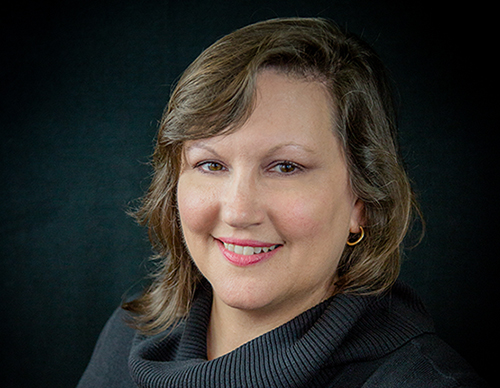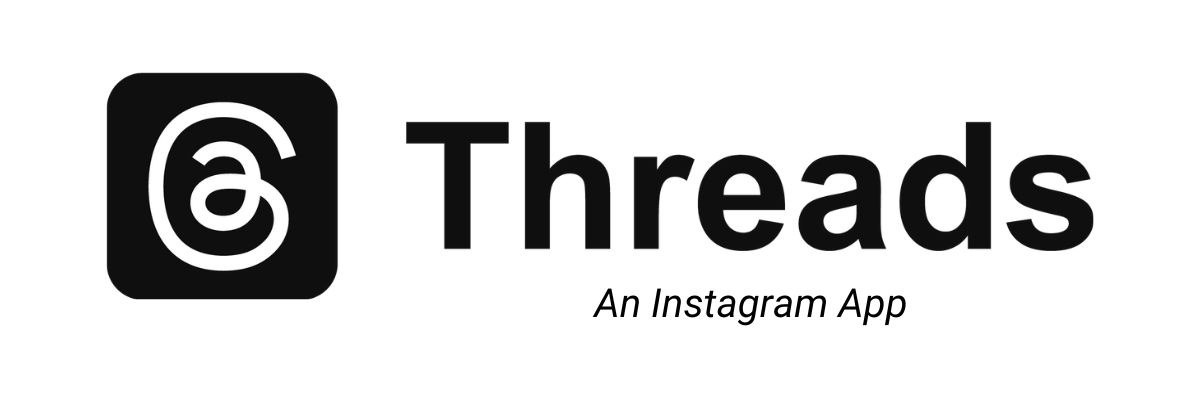Social media has been a communication gateway since 2003, 2004. It may have had more humble beginnings with before the 2000s, but the phrase “social media” didn’t stick until around 2003 or 2004.
LinkedIn was incredible, and it still is. today It was originally a platform for a person to add his/her resumé and connect with potential employers. Fast-forward to 2025, the platform still has that main focus, and also more. Businesses can post about services or products, leadership topics, posts about human resources, training — so much more. People, whether looking for employment or just showing loyalty (and brand snobbery, c’mon — you know I’m right) can also follow pages. More? Anyone with at least 150 followers and/or connections — be it a business, speaker, or student — can write a LinkedIn newsletter.
Facebook was created to keep people in touch with who matters most to them. This could be family, friends, business colleagues, or community groups. You can sell on their Marketplace, create a business page and run ads. Lots of possibilities.
That’s changed a lot in the past 10 years with the advent of live-streaming and ZOOM.
What changed?
People started connecting virtually. It was a bit scary at first. TikTok helped with this some, allowing members to either upload a 90-second video or stream live directly to their audiences. Influencers came on the scene shortly after, doing videos with their favorite products or services, while companies paid them for their time.
The idea didn’t really take hold until COVID in 2020; then, people were forced online to connect, make sales, network, and do some everyday activities online, including attending church or school, using electronic payment systems more, and shopping more online.
Influencers brought entertainment to their videos, and they still do it now. Some are very natural, while others had to practice to get better at it. Two of my favorite influencers are on most platforms: @MrMiloTheChonk (a rather fat cat, tortures his butler & other pawfect siblings — sometimes he’s a lot!) and @ezsnb (Emma, a down-home Southern gal). A divorce attorney I follow on TikTok, Jefferson Fisher, has over 1.5M followers. His videos? All teach 3 different points or styles of communication, and all from his car.
Why entertainment?
Entertainment, however people define that word, grew out of boredom and wishing — or wanting — something different, something more. People have grown tired of the same-old tired programs, be it live or on-demand. Videos now are seen are more entertaining than old 1960s cartoons or comedies.
These types of videos and written content are also known as non-niche. These posts don’t target a specific group and are open to anyone. This effectively means the business owner or influencer has to “spray and pray” their content: spray it all over and pray it attracts someone interested in buying what they’re selling.
Non-niche posts also tend to lack true engagement. People come for the entertainment side and leave. Sometimes they may leave a comment, typically something like “great video!” or “god that sucked”, or may just use an emoji to let other viewers know how they felt about the post.
Why engage?
Engagement is vital for the post — text with or without an image, or video — to reach a broader audience. I feel LinkedIn is the platform that breaks this paradigm. Members tend to leave fairly deep comments, so others can get a feel for how that person really felt about the post/video. LinkedIn members also share their insights, which drives more engagement, more audience both within and outside LinkedIn, turning their insights into a type of influencer-level content.
Posts or videos with engagement vs. ranting or a thumbs-up emoji attract attention of search engine bots. The bots find the content based on the engagement level and type, then serve that content to someone posting a question on a search engine.
Which works better?
I personally prefer the actual engagement. I’ve been writing blogs and creating how-to videos a long time, and I prefer questions or a statement from a person that lets me know the content helped them solve a problem.
The key to better engagement is figuring out a few things:
- Is you content non-niche or targeted?
- If it’s targeted, what group(s) is(are) you trying to get the attention of?
- Have you tried mixing up your content?
- Where do you post your content/video so more people can see it?
- Does your audience have a seasonality to it?
- Do you write for the audience or Google/social media analytics?
- Are you posting content on the right platform(s), right day of the week, right time of day?
Conclusion
Search engines love consistency AND longevity. The more and longer you post content, the more authority you establish. The more authority you establish, the more search engine bots are trained to come back for your posts and/or videos.
Make a calendar for your postings. Pick the day or days during the week you want to post, and use those days as “themes” to help you create your content. Mix it up! If you write most of your content (i.e., blogging), try making a short-form video once a month. Keep after it! Establish goals, read your analytics, and your audiences’ comments. It will take time, and you’re getting closer to your goals!
If you have questions, send us an email on our Contact page. We may feature your question as both a blog and a video!
Be strategic. Be visible. Be found.
Ready to start using social media smarter, not harder? Schedule a one-on-one coffee chat over ZOOM to talk about strategically incorporating both social media and inbound strategies into your current marketing plan.
Branded ZOOM backgrounds allow businesses to add another option for secondary marketing and confirms both identity and authority to prospects and customers. Investment starts at $95. Visit our webpage to get started.
#smallbusinessmarketingtips #socialmediatips #digitalmarketing #saturdaysocialmedia #marketinghowto #marketingstrategies #entrepreneurs #smallbusinessowners#visiblymedia











